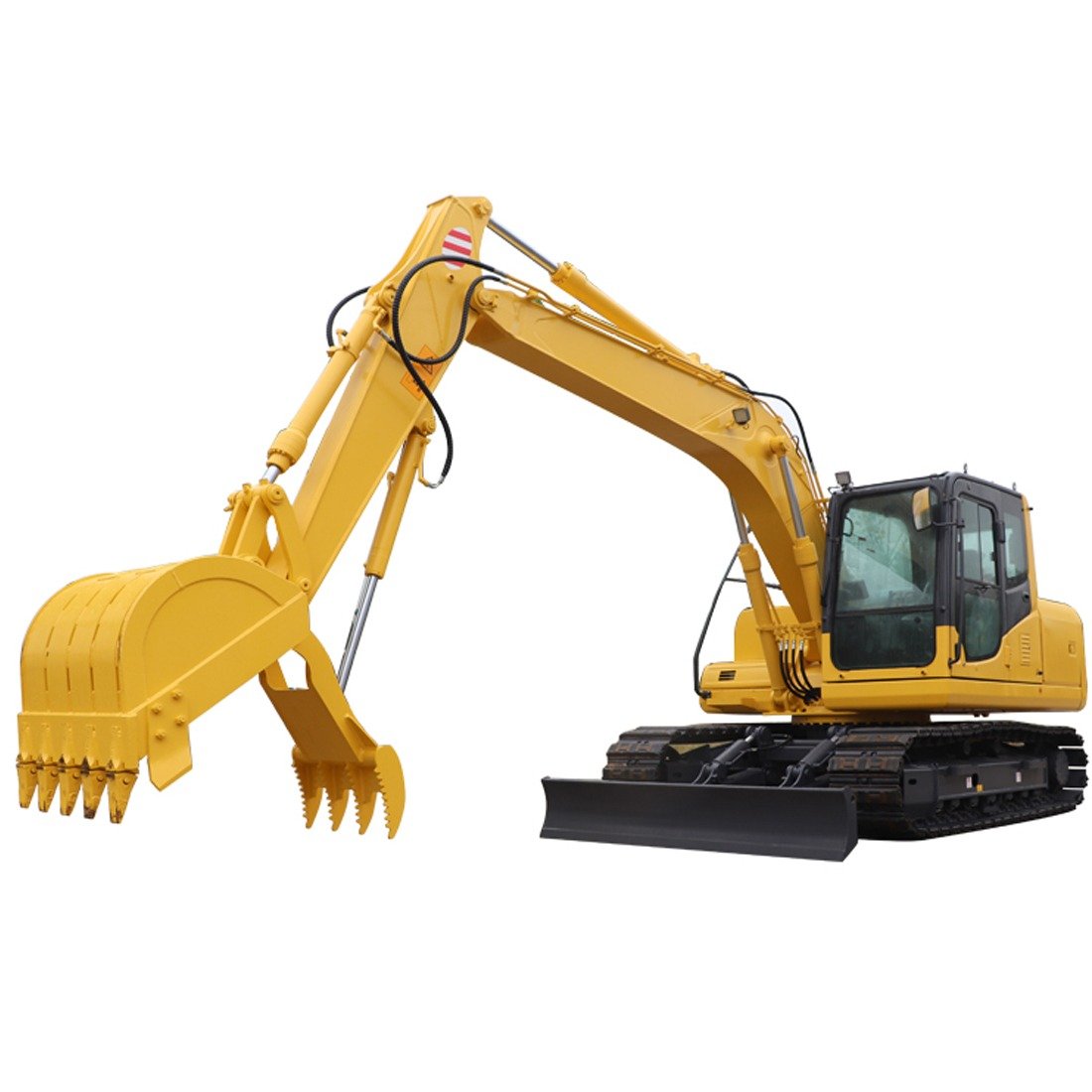General Overview
Electric forklifts have become increasingly popular in the realms of logistics and material handling, leveraging batteries or other rechargeable fuel cells as power sources. Renowned for their environmental friendliness, energy efficiency, and safety features, these forklifts play a pivotal role in modern industrial processes. This essential material handling equipment comprises multiple key components, and in the following exploration, we will delve into the functionality and characteristics of each part.
1. Main Frame
The main frame serves as the core component of the electric forklift, providing support for the entire vehicle. Comprised of bridge frames, chassis, transition frames, and subframes, these parts can be combined as needed, offering excellent adjustability and reliability.
2. Drive System
The drive system, as the powerhouse of the electric forklift, includes components such as motors, reducers, and drive shafts. This system efficiently transfers power to the wheels, facilitating the movement and lifting of goods by the forklift. Various forms, including front-wheel drive, mid-wheel drive, and rear-wheel drive, enable the electric forklift to excel in diverse work scenarios.
3. Hydraulic System
The hydraulic system primarily consists of hydraulic pumps, hydraulic cylinders, oil pipes, and directional valves. This system enables precise control of the fork arms and lifting system, assisting the forklift in executing complex actions such as lifting, tilting, and reversing. The hydraulic system is known for its stability and reliability, incorporating features like power distribution and acceleration control.
4. Electrical System
The electrical system is a vital working component of the electric forklift, encompassing elements like batteries, motors, controllers, and cables. Through the regulation of battery power and controller signals, the electrical system achieves various functions, including electronic pedals, automatic braking, and steering wheel control, enabling the forklift to swiftly and accurately complete material handling tasks.
5. Control System
The control system acts as the intelligent hub of the electric forklift, autonomously adjusting the working status of the drive, hydraulic, and electrical systems based on operational commands. Presently, there is a proliferation of electric forklift control systems leveraging new technologies such as artificial intelligence and the Internet of Things, laying a solid foundation for the safety and intelligent operation of the forklift.
6. Operator’s Console
The operator’s console serves as the working area for the electric forklift, consisting of a seat, wheels, steering wheel, instrument panel, and more. A scientifically designed operator’s console ensures the comfort and safety of the operator while enhancing operational efficiency and precision.
Conclusion
As a widely adopted material handling device, the electric forklift relies on the collaborative efforts of its various components to swiftly transport goods, contributing significantly to the development of industries such as industrial production and logistics transportation. Choosing an electric forklift tailored to specific needs ensures optimal performance in various scenarios.
To learn more about these machines, visit the official website https://unionforklift.com/








1 Comment
The Central Hub of the Forklift – The Controller - Electric Forklift | Forklift Truck | Diesel Forklift | Hydraulic Excavator
16 November 2023[…] to encompass additional configurations? As previously elucidated in the discourse on “What Are The Key Components Of An Electric Forklift?” one such imperative facet is the “Control System.” Today, let us delve into the […]